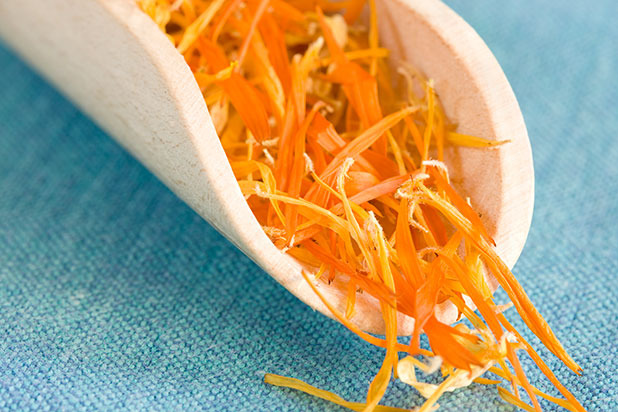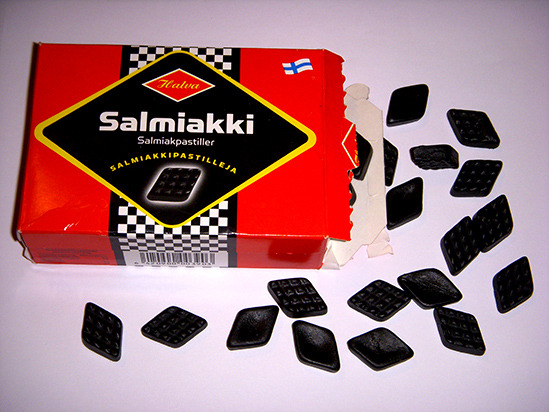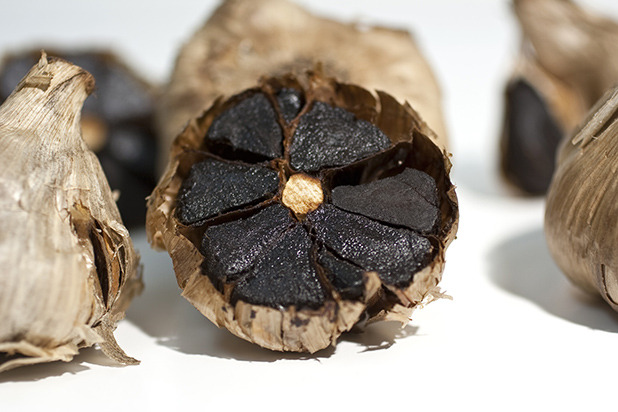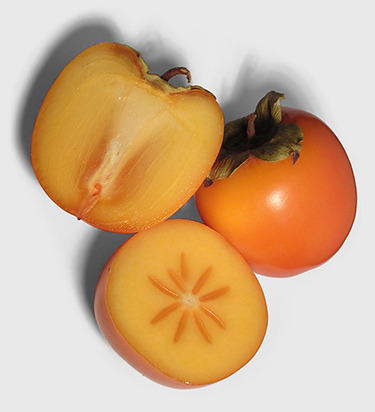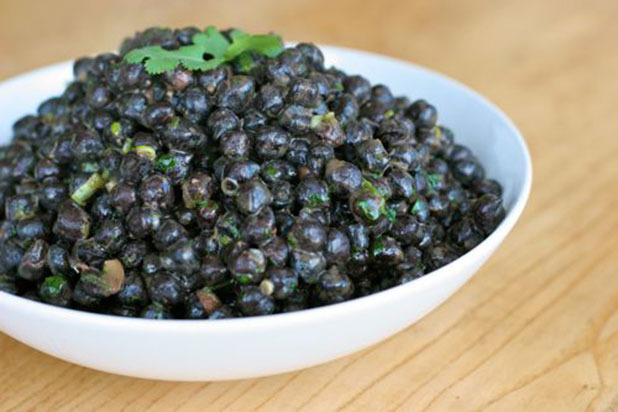10 Black And Orange Foods Not To Be Afraid Of Slideshow
This jet-black rice is called forbidden because it was once consumed exclusively by China's emperors. But now it's available to all, a good thing, since this grain is as tasty as it is healthy. Try it with coconut milk and mango in a sweet rice pudding, or jazz up a classic rice salad.
2. Marigold Flowers
These brightly hued flowers possess a light citrusy flavor with peppery undertones, and are best used in raw salads, use them alongside dandelion leaves, or even kale. Before eating any flowers, however, make sure they have not been treated with pesticides and are fit for human consumption. Flowers from most florists aren't edible, so check for marigolds at your local farmers market.
4. Spaghetti Squash
This autumn we'll see a bounty of squash, but knowing how to prepare them all can be tricky. Since you want to showcase spaghetti squashs strands, don't chop it into pieces. Instead, slice the gourd in half and roast it. When soft, scoop out the spaghetti.
5. Salty Licorice
This salty-sweet chewy candy is beloved in Northern Europe, and while it's somewhat less sweet than American licorice, it can be a nice way to end a meal. It's an acquired taste for many, but people who love it really love it. If your grocery store doesn't carry it, check out dutchsweets.com, which sells the candy in varying degrees of saltiness.
6. Orange Cauliflower
Although orange cauliflower tastes the same as white cauliflower, you'd be wise to pick some up at the store since this hybrid actually has 25 more times vitamin A than its pale cousin. Use it the same way you would regular cauliflower: raw as part of a crudit plate, pured into a soup, or steamed alongside fish.
7. Black Garlic
A fermenting process gives this allium its distinctive blackish-brown color and earthy aroma. Chefs prize black garlic for its nutty, sweet flavor, similar to roasted garlic but with hints of reduced balsamic vinegar and licorice. To use it at home, try blending it into butter or mayonnaise and adding it to your favorite sandwich, or substitute for roasted garlic cloves.
8. Persimmons
Eating an unripe persimmon is an experience that can turn people off from the fruit altogether. Which is a shame, because this fall fruit can be sublime as long as you make sure the skin is super soft before digging into the pulp. If the texture is still off-putting, try baking persimmon pie, a Southern dessert staple this time of year.
9. Squid Ink
All cephalopods produce ink, which can be added to foods to turn them inky black. Squid-ink pasta can be found in most upscale food shops and makes for dramatic presentations. If you want to experiment on your own, add a spoonful or two to pasta or gnocchi dough, or to a risotto or other rice dish, like the Valencian arroz negro.
10. Mimolette Cheese
Traditionally produced in Lille, this French cheese is known for its distinctive rust color. Don't worry, though, it;s not because the cheese has been aged for decades in a cave. The hue comes from the addition of annatto, a spice that also acts as a flavorless colorant. Although mild when young, this cheese is comparable to a butterscotchy Parmesan. Cut a hunk and serve with crackers and a nice bottle of wine.
3. Black Chickpeas
While most people are familiar with the pale, starchy garbanzo beans used to make hummus, many are surprised to learn that chickpeas also come in smaller black varieties, which are actually higher in antioxidants. Sample these legumes in an Indian-style curry or add them to your favorite bean salad.

